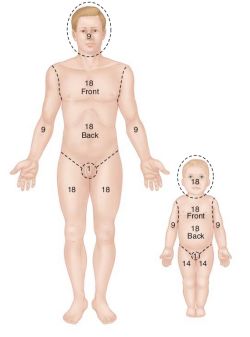daftandbarmy
Army.ca Dinosaur
- Reaction score
- 31,769
- Points
- 1,160
While we're on the subject of underwear (near and dear to my heart and other parts), I've just been down to stores and got issued a set of the latest thermal undies and shorts. The material seems a great improvement over the first set I was issued a ferw years ago - so silky smooth against my rough skin. 
Have they improved this stuff on purpose or was it some kind of accident?
Have they improved this stuff on purpose or was it some kind of accident?


